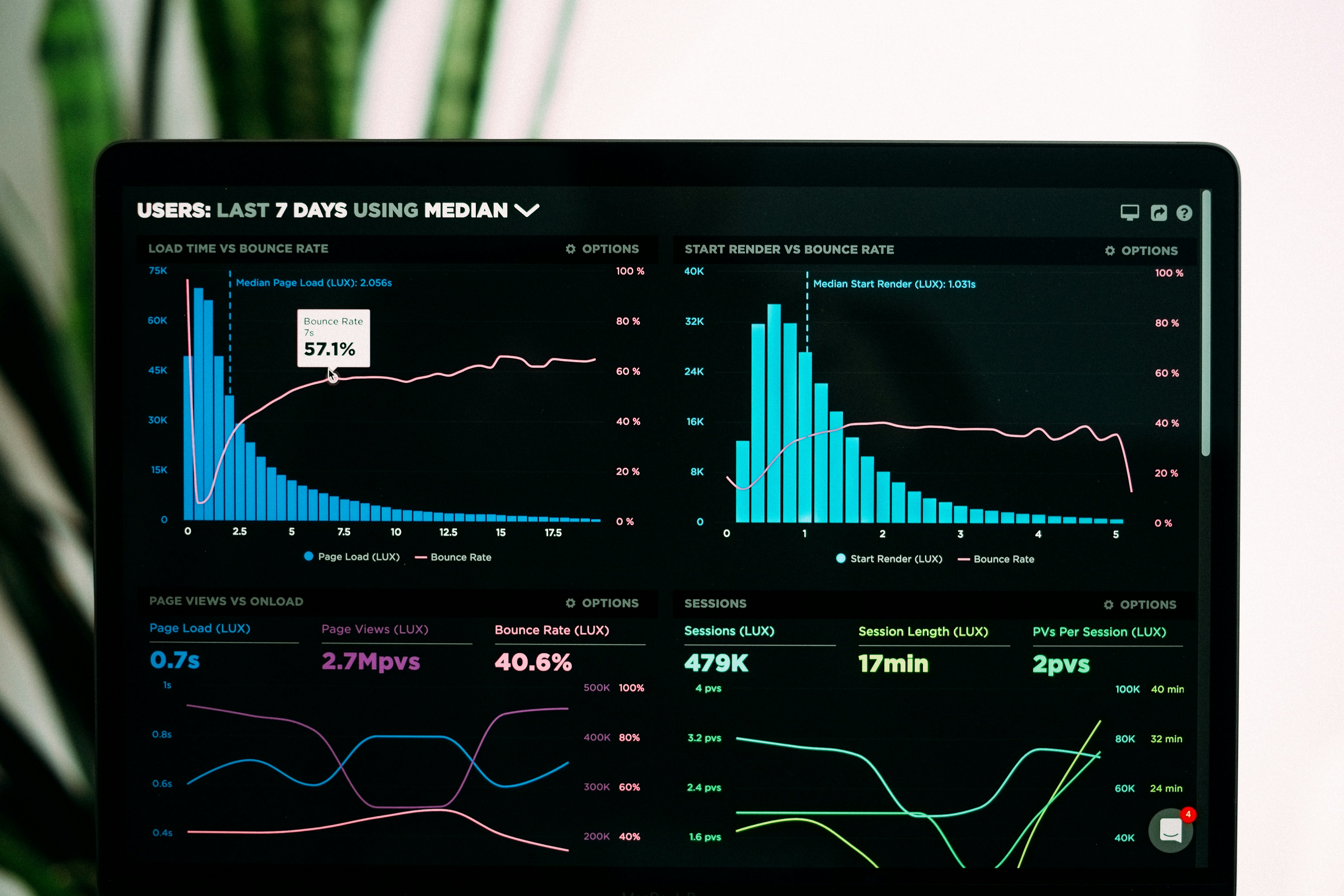
Singapore HDB Interior Design Trends
As Singapore’s public housing landscape continues to evolve, there is a growing demand for creative and functional HDB interior design.
Fortunately, there are many design ideas that can make even the smallest of flats feel stylish and spacious! Whether you’re looking for something minimalist, industrial or cosy, these creative ideas will get your home on the right track.
Statement Ceilings
When it comes to decorating a home, nothing says sophistication like a statement ceiling. It’s an opportunity to elevate your design game without breaking the bank, and it can be a great way to add some oomph to any room.
In Singapore, the most common types of false ceilings include the L-box (image above), one bar, and twin bar designs. These styles can help you conceal unsightly areas of your original ceiling, as well as provide additional light without compromising the integrity of the structure.
The most important thing to remember when trying to achieve the best ceiling is to be a little creative. There are many options for making a statement on your new ceiling, from paint to wallpaper to a combination of both. For the best effect, choose a shade of the same color family that you’ve used on your walls to ensure your new focal point is as smooth as possible. You could also go the opposite route and opt for a bold, bright, or even glitzy hue that will make your ceiling a real conversation starter.
Industrial Chic
The industrial style is one of the latest design trends that are gaining popularity. It combines the modern and traditional styles to create a home with a raw and edgy look.
It`s also a versatile theme because it can be used with other design themes such as rustic, contemporary and retro. It`s an ideal way to create a unique design that will reflect your personality and taste.
While many people think that industrial designs are bare and cold, there are ways to evoke a cosy feel in your HDB. Using darker tones can help you achieve the cosy industrial aesthetic while still feeling open and spacious.
In this design, we can see how the dark grey tones are perfectly contrasted with the wooden accents. The metal pipes and factory-style lights further add to the industrial vibe of the room. The large window and storage rack also adds to the stylish interior.
Eco-Friendly
Creating an eco-friendly interior design for your home or office is a great way to make a positive impact on the environment. This can include reducing the amount of waste that you produce and using renewable materials for your building or home.
When choosing furniture, consider avoiding items that are made from plastic or synthetic fabrics. Instead, opt for wooden, bamboo or natural fabric pieces.
In addition, avoid using non-recyclable or toxic paints and chemicals on your surfaces. This can cause serious health issues for some people, especially children.
Singapore is one of the leading nations when it comes to sustainable construction and architecture. The country has established a rating system for its buildings known as the Green Mark scheme, which has helped reduce energy consumption and greenhouse gas emissions.
Black & White
Black and white interiors are a great way to create a modern home without making it look bland or dull. Rather than just using dark colours, try layering them to make a statement.
A great example of this is the design below by Singapore interior designer Shu Yun. This 5-room HDB resale point block along Telok Blangah Crescent is designed in a dramatic theme, with contrasting white walls and black accents in the furniture.
The monochromatic colour scheme also helps to create a sense of harmony throughout the whole space. For example, the kitchen’s black cabinets and affordable white countertops produce a minimalistic feel that works well with the rest of the interior.
In addition to this, the black pipes and sinks in the washroom help to create a sophisticated and classy look that’s easy on the eyes. The bathroom features a unique black and white floor tile pattern that’s great for adding a touch of industrialism to the design.
